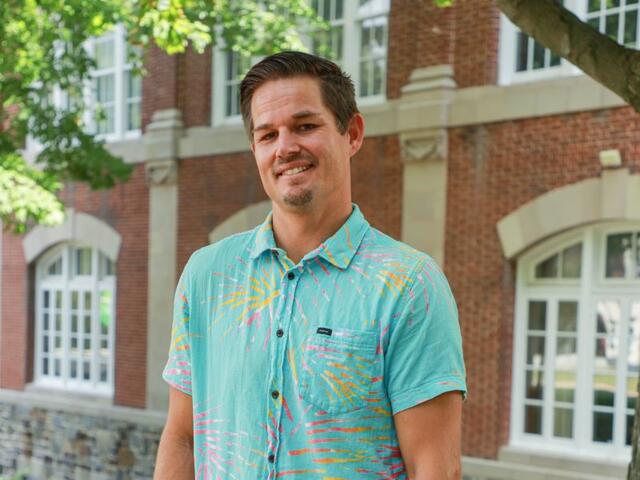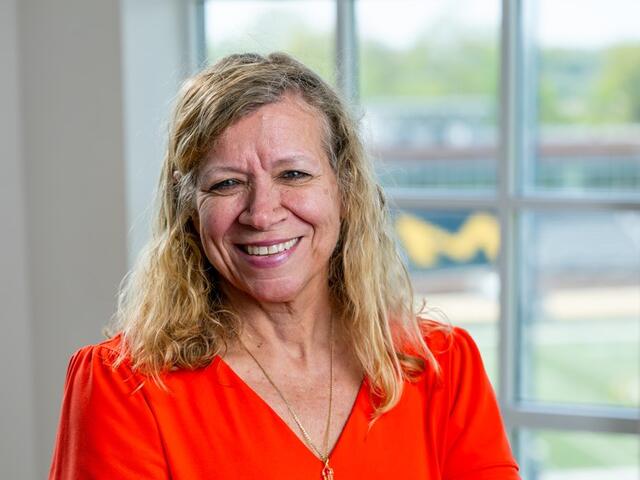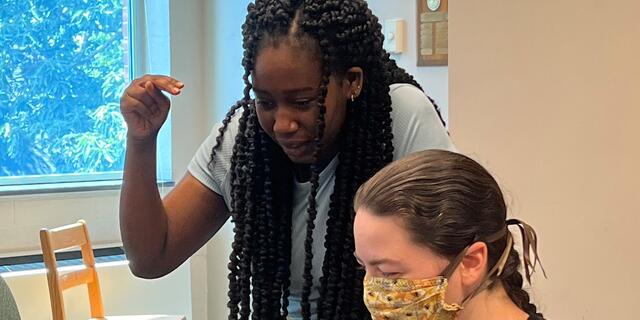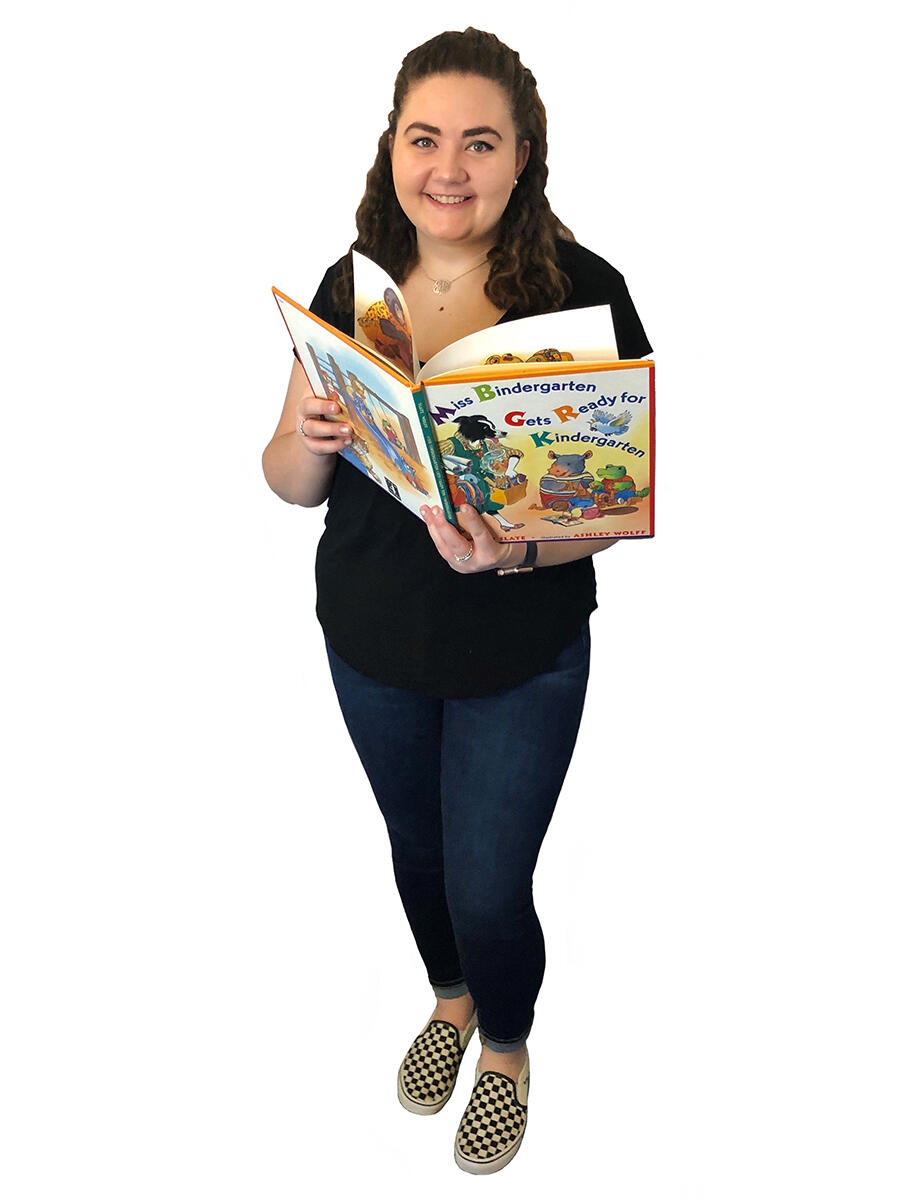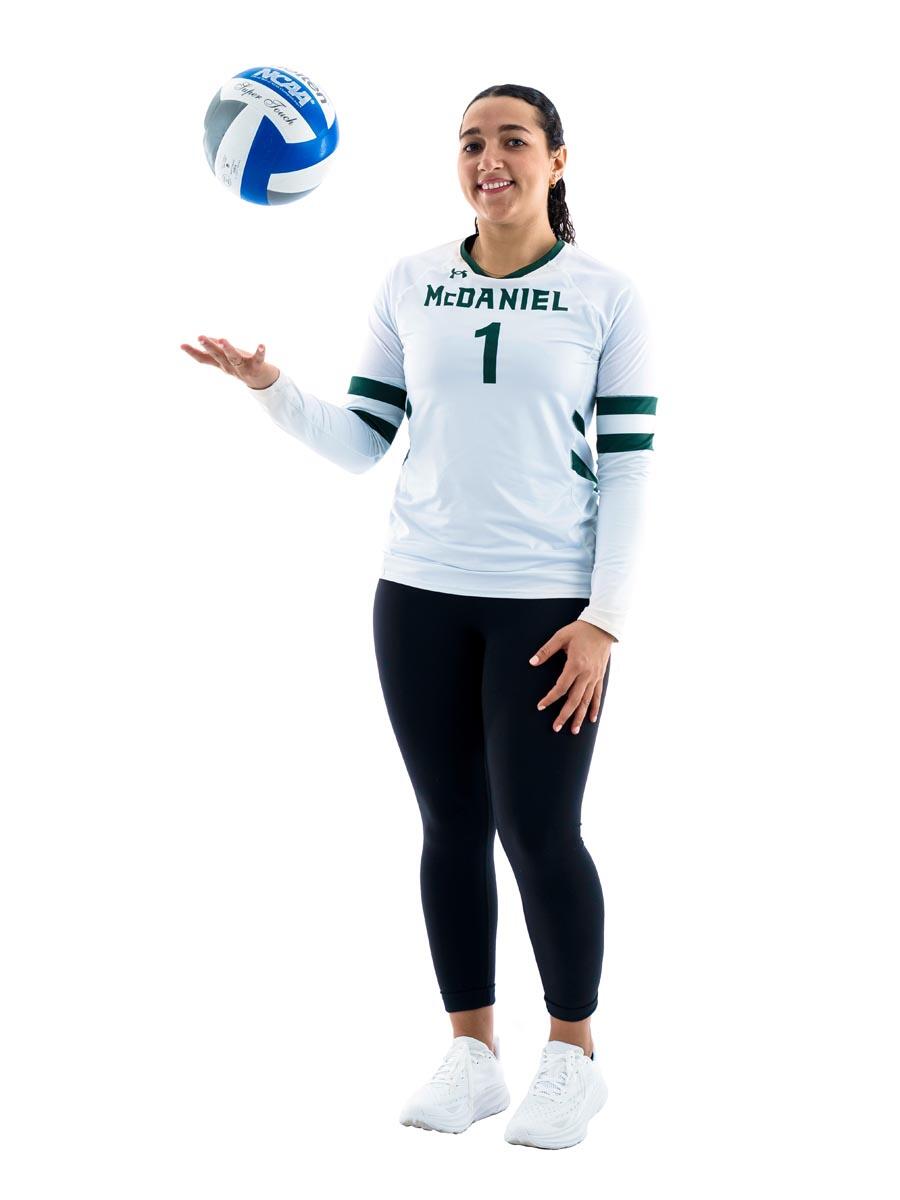Q&A with Prof. Debbie Colbert
“My biggest dream is that everyone can sign nationwide.”
- What surprises new ASL learners?
-
That there’s grammar on the face that gives information, shows feelings and opinions. In English you would use your voice, tone, and inflection. Also, that there are five parameters to ASL linguistics: hand shape, location, palm orientation, movement, and non-manual signals. I’ve even met Deaf people who are surprised to learn there are rules!
- ASL is both a major and minor at McDaniel. What do you think about pairing ASL with other subjects?
- It’s a nice double major or minor, because now you can work with Deaf people. If you are a Psychology or Education major, you’ll be able to sign with a patient or a student and converse with them directly. My biggest dream is that everyone can sign nationwide.
- What do you hope students take away from your classes?
-
That ASL rules and grammar structures are unique from English. There’s a bridge that needs to be built between them for interpretation. I love to see that spark of realization in my students. And those who take my linguistics class get a foundation in non-manual signals. I tell them that being bilingual is a strength, and they should go out and be ambassadors and allies.
